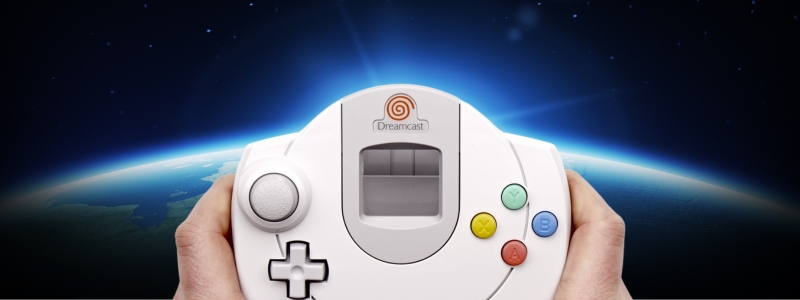Retro Tech: Sega Dreamcast
Ahead of Its Time

Share This Post
The Sega Dreamcast, a home video game console, made its debut in Japan in November 1998, followed by its release in other regions. It was Sega's successor to the Sega Saturn and the company's final home console before shifting focus to third-party software development. Despite its relatively short lifespan, the Dreamcast left a lasting impact on the gaming industry and is fondly remembered by many gamers.
The Dreamcast was released to great anticipation and excitement. It featured a 128-bit architecture, making it more powerful than its competitors such as the Nintendo 64 and Sony PlayStation. The console had a built-in modem for online gaming, which was a groundbreaking feature at the time. It was praised for its arcade ports and innovative games, often pushing technical boundaries, and offering unique gameplay experiences.
One of the Dreamcast's defining features was its emphasis on online gaming. SegaNet, an online gaming service, allowed players to connect and compete against each other over the internet. Games like Phantasy Star Online and Quake III Arena showcased the console's online capabilities and helped popularize online gaming on consoles.
The Dreamcast featured impressive graphics for its time, with its ability to render detailed 3D environments. It also supported high-resolution VGA output, allowing for better image quality on compatible monitors. The console had various peripherals, including the visual memory unit (VMU), which was a memory card with a small LCD screen that could be used as a secondary display or for mini games.
Despite its initial success and critical acclaim, the Dreamcast faced fierce competition from the PlayStation 2, which launched in 2000. Sega struggled to maintain momentum and financial stability. In 2001, Sega made the announcement to discontinue the Dreamcast and shifted its efforts to becoming a third-party software developer. This decision marked the end of Sega's involvement in the console hardware market.
The Dreamcast's influence extends beyond its lifetime. It introduced various innovations like online gaming, integrated web browsing, and interactive memory cards, which became standard features in subsequent consoles. The console is fondly remembered by many gamers as an underappreciated gem that was ahead of its time and left a significant impact on the gaming industry.
“The Dreamcast, first launched in Japan in late 1998 and Western markets during 1999, was the first sixth-generation video game console, ahead of Sony's PlayStation 2, Nintendo's GameCube, and Microsoft's Xbox. It was also Sega’s final console with its 2001 discontinuation ending 18 years in the console market. Dreamcast was not particularly successful but was ahead of its time for pioneering concepts such as online play and downloadable content, as well as allowing for internet browsing and email communications. However, Sega launched too early during a time when broadband penetration lagged behind expectation both in terms of consumer demand and supply, with many areas not even offering high-speed internet connections.”
- Andreas Koehler Director, Connected Home Devices TechInsights









